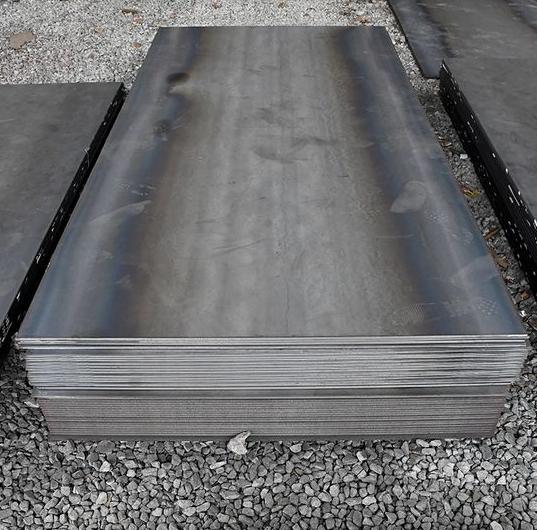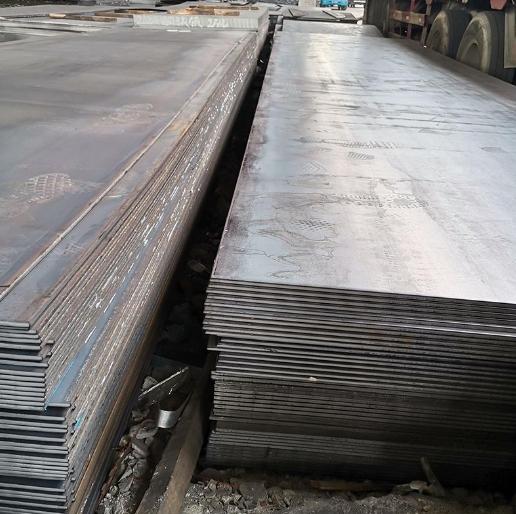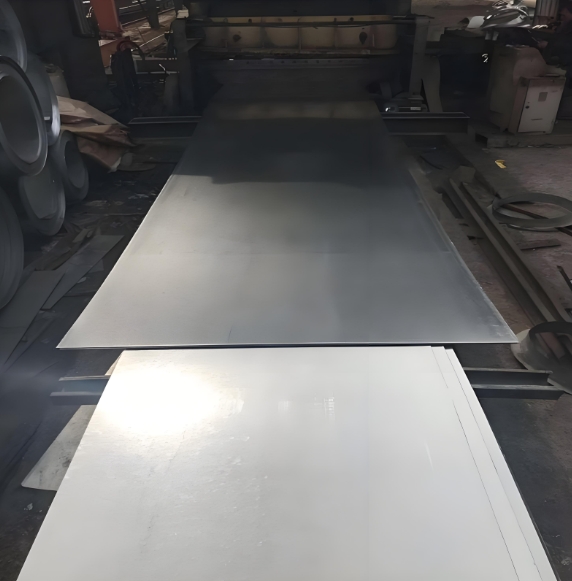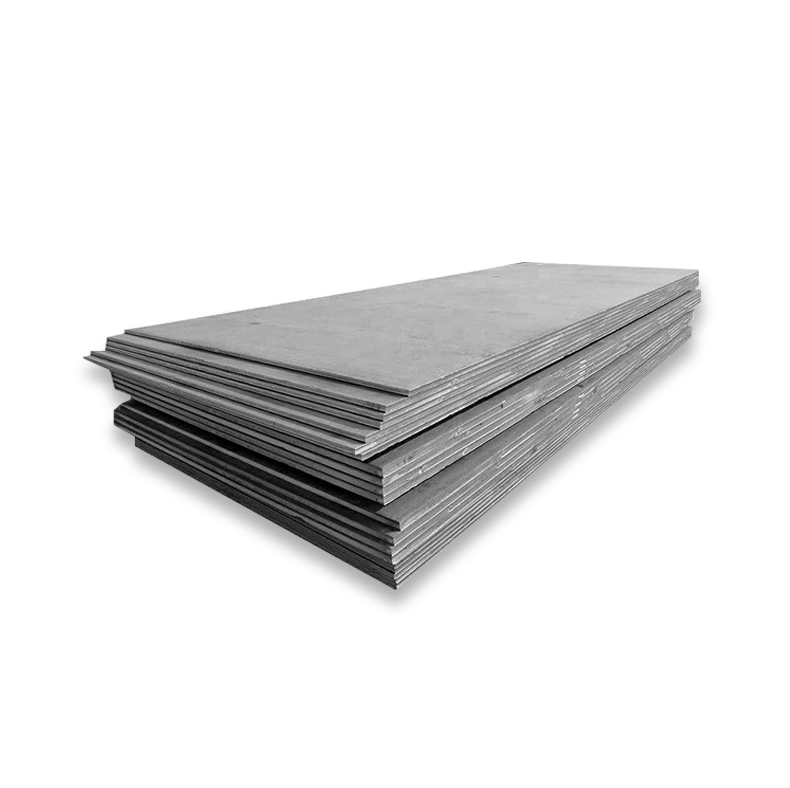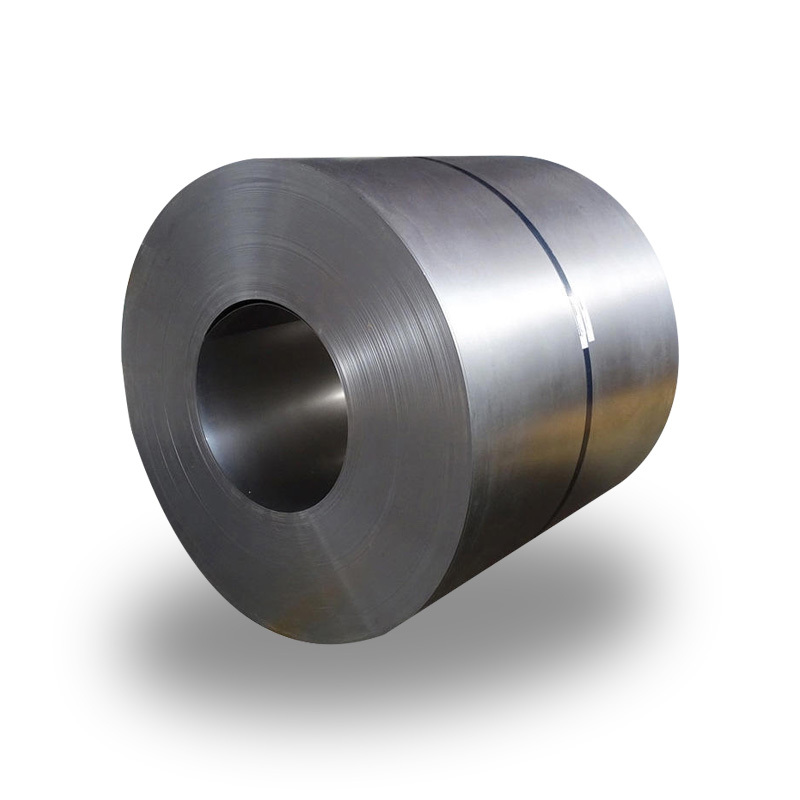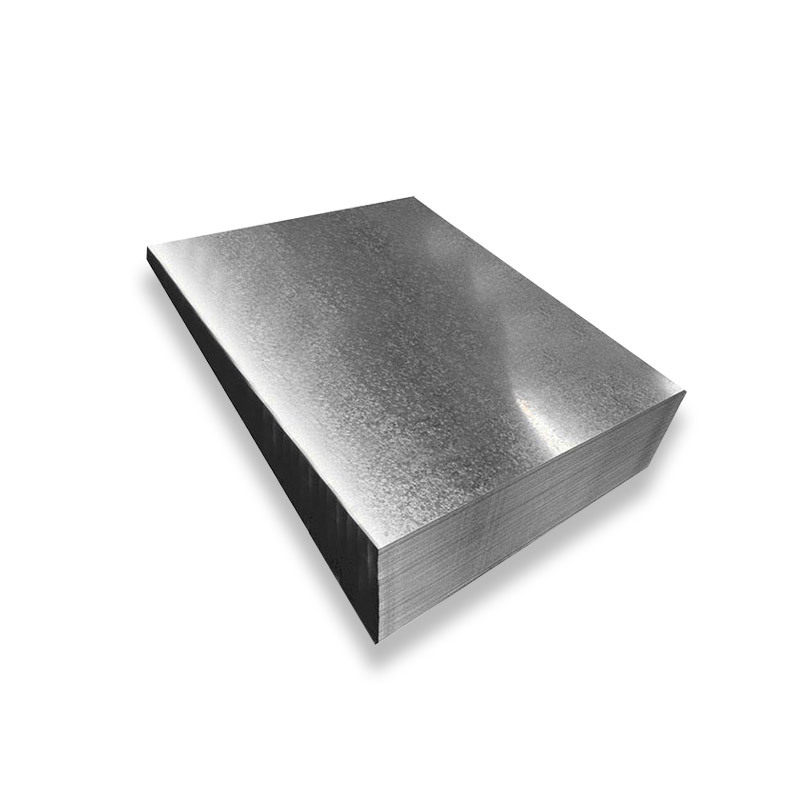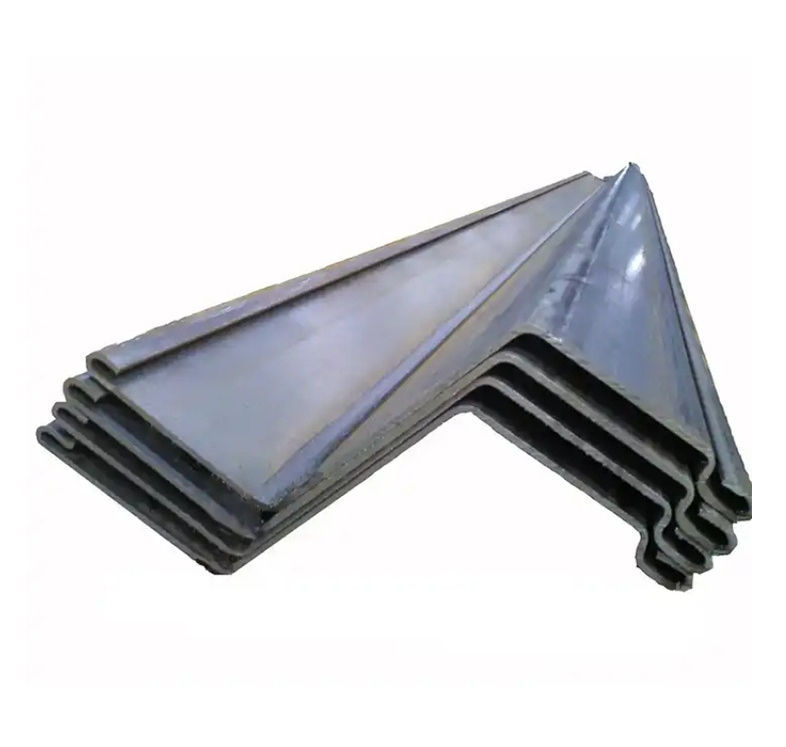The Importance of 1075 Carbon Steel Plate in Modern Manufacturing
When it comes to high-performance materials for industrial applications, 1075 carbon steel plates stand out due to their excellent strength, durability, and versatility. Certified with a hardness range of HRC 55-60, these plates are ideal for demanding applications such as tooling, machinery parts, and automotive components. Understanding the advantages, applications, and sourcing of 1075 carbon steel plates is essential for industries that require materials with optimal mechanical properties.
What is 1075 Carbon Steel?
Composition and Properties
1075 carbon steel is a high-carbon steel that contains approximately 0.75% carbon. It is classified as a medium-strength steel, offering an excellent balance between hardness and toughness. The increased carbon content makes it stronger and harder than low-carbon steels like A36 steel, but it can be more brittle if not treated or tempered properly.
Key properties of 1075 carbon steel plates include:
-
High Hardness: With HRC 55-60, it is well-suited for applications that require wear resistance.
-
Strength and Toughness: The alloy’s strength is sufficient for use in demanding industrial applications.
-
Formability: Although harder than lower carbon steels, it retains good workability with proper heat treatment.
HRC 55-60 Certified: Why It Matters
Understanding Hardness Rating
The HRC 55-60 certification refers to the hardness of the steel, measured on the Rockwell hardness scale. This range indicates a steel that is sufficiently hard to withstand wear and tear without becoming too brittle.
-
HRC 55: Provides a good balance of hardness and toughness, suitable for parts that need to resist wear but still undergo moderate deformation.
-
HRC 60: Offers higher hardness and is suited for more demanding applications where strength and abrasion resistance are crucial.
This level of hardness makes 1075 carbon steel plates a top choice for tools, knives, springs, and other high-performance applications.
Benefits of 1075 Carbon Steel Plates
1. Wear Resistance
The hardness of 1075 carbon steel plates makes them highly resistant to wear and abrasion. This is particularly beneficial for applications like cutting tools and machine parts that experience frequent friction.
2. Versatility in Applications
From automotive components to tools and dies, 1075 carbon steel plates are used across multiple industries. They provide excellent results in both cold-working and hot-working processes, making them suitable for a wide range of applications, including:
-
Automotive Components: Especially for gears, axles, and shafts that require high durability.
-
Tooling: Manufacturing of dies, knives, and other high-stress tooling components.
-
Industrial Machinery: Parts that must endure heavy impact and abrasion.
3. Cost-Effectiveness
Compared to high-alloy steels, 1075 carbon steel offers a more affordable option without compromising too much on performance. It is often selected for applications where high strength and wear resistance are necessary but the budget is limited.
How to Choose the Right 1075 Carbon Steel Plate Supplier
Key Considerations
When selecting a 1075 carbon steel plate supplier, several factors should be considered to ensure you’re getting the best product for your application:
-
Material Certification: Ensure the supplier provides proper certification for hardness levels, chemical composition, and quality standards.
-
Custom Cutting Services: Suppliers that offer custom cutting and precision fabrication can provide more tailored solutions for your project.
-
Reputation and Experience: Look for suppliers with a proven track record in the steel industry. Experienced suppliers are more likely to offer high-quality products and reliable delivery schedules.
-
Pricing and Delivery: Compare prices and delivery terms. Consider long-term partnerships to secure consistent supply at competitive prices.
Real-World Example: 1075 Carbon Steel Plate in Tool Manufacturing
Case Study: Knife Manufacturing
A manufacturing company I worked with required high-quality 1075 carbon steel plates for producing industrial knives. The plates needed to withstand heavy use in cutting applications, where wear resistance and sharpness were crucial. By sourcing 1075 carbon steel plates with HRC 60 hardness, the knives showed exceptional performance, lasting longer and requiring less frequent sharpening compared to previous materials.
This case clearly demonstrates the importance of selecting the right hardness level and the right supplier to meet the specific demands of industrial applications.
Comparison: 1075 Carbon Steel Plate vs. Other Steel Alloys
To help further understand the unique benefits of 1075 carbon steel plates, here’s a comparison with other common steel alloys:
| Property | 1075 Carbon Steel Plate | 1045 Carbon Steel Plate | 4140 Alloy Steel Plate |
|---|---|---|---|
| Carbon Content | 0.75% | 0.45% | 0.40-0.50% |
| Hardness (HRC) | 55-60 | 45-50 | 28-34 |
| Tensile Strength (MPa) | 760 | 620 | 760 |
| Wear Resistance | High | Moderate | High |
| Cost | Moderate | Low | High |
Analysis:
-
1075 Carbon Steel Plate: Offers higher hardness and better wear resistance than 1045 carbon steel, making it ideal for more demanding applications like tooling.
-
4140 Alloy Steel: Offers superior toughness and strength but at a higher price, making it ideal for more heavy-duty applications.
Step-by-Step Guide: How to Order 1075 Carbon Steel Plate
-
Determine Your Requirements: Assess the hardness and thickness needed for your application. Ensure the steel meets your performance standards.
-
Select a Supplier: Look for a supplier with a strong reputation and expertise in 1075 carbon steel plates.
-
Request Material Certification: Ask for certifications that verify the chemical composition, hardness, and quality standards of the steel.
-
Specify Custom Cutting: If necessary, request custom cutting services to fit your project’s needs. Provide exact measurements and specifications.
-
Confirm Delivery Terms: Ensure that the supplier can meet your deadlines and provide on-time delivery.
Common Misconceptions About 1075 Carbon Steel Plates
⚠️ Misconception #1: “Harder steel is always better.”
Fact: While higher hardness is beneficial for wear resistance, excessively hard steel can be brittle. It’s important to balance hardness with toughness for your specific application.
⚠️ Misconception #2: “1075 carbon steel plates are the same as 1045 plates.”
Fact: 1075 carbon steel has a higher carbon content, making it harder and more wear-resistant than 1045. The applications for each material differ significantly.
Conclusion
1075 carbon steel plates with HRC 55-60 certification provide a reliable solution for industries that require high strength, wear resistance, and durability. Whether you’re in tooling, machinery manufacturing, or automotive production, this material offers excellent performance and cost-effectiveness. By understanding the benefits of 1075 carbon steel and working with reputable suppliers, you can ensure that your projects are completed to the highest standards.
Practical Checklist for Sourcing 1075 Carbon Steel Plates
-
Define your project’s hardness and performance requirements.
-
Choose a supplier with proper certifications and a strong reputation.
-
Ensure the steel plate meets your specifications in terms of thickness, hardness, and chemical composition.
-
Consider custom cutting services for more precise and tailored solutions.
-
Verify delivery terms to ensure timely project completion.
For high-quality 1075 carbon steel plates and reliable service, contact Shanxi Luokaiwei Steel Company:
-
Email: [email protected]
-
WhatsApp: +86 18912200505


